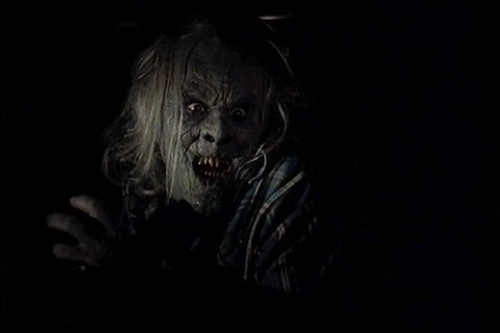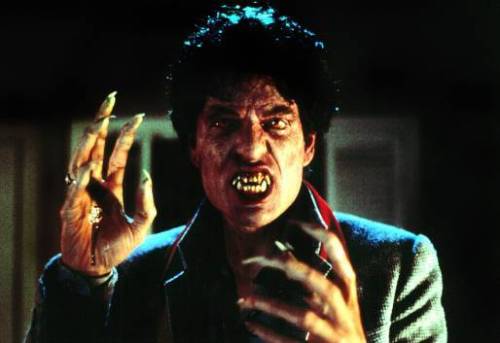
This is the first film in quite a while to deal with the implications of cancer so candidly. Cancer's devastating potential is given more potent arsenal here when 27-year-old Adam (Joseph Gordan-Levitt) is diagnosed with a rare form of cancer affecting the spine. The story follows him as he deals with treatment, an indifferent girlfriend (Bryce Dallas Howard), a boisterous friend, Kyle (Seth Rogen), who sees the romance-scoring potential in Adam's recent trauma, a distraught mother (Anjelica Huston), a Doogie Howser-like psychologist (Anna Kendrick), along with the stoner friends he makes in chemotherapy (Matt Frewer and Philip Baker Hall).
50/50 finds its strength by not immediately relenting to the stagnant habit of illustrating tragedy in the aftermath of diagnosis. There is no sense that Adam has received a death sentence. The events that unfold are even somewhat mundane. This is the reality, in the face of illness, a majority of people will not endeavour to fulfill grandiose adventures. Bucket-list sentimentality has been abandoned, instead communication is the main focus. The story arc of this tale focuses on Adam's struggle with contending with the upheaval of living with illness.
I was expecting Rogen to contribute nothing more than a comic relief to the decidedly depressing material, yet he supplied a surprisingly nuanced performance, and the chemistry between himself and Gordan-Levitt genuinely captured the tension that infiltrates even the most secure of friendships, when conflicts arise and yet remain unacknowledged. Adam is mired with medical and personal woes while Kyle attempts to steam-roll through and offer uplifting alternatives for his buddy, neglecting Adam's escalating depression. The old adage of ignorance being bliss can only carry so far, and tensions eventually come to the fore.
Despite my own focus on the heavier material in the film, it is not without its hilarious, poignant, lonely, apprehensive, and euphoric moments. Those are a lot of adjectives I have just named, simply because 50/50 has that rare quality of contemporary cinema in offering a truly human perspective on events. There is something for everyone. You WILL relate to this. It is mixed and fucked up because this is life.
My favourite moment reminded me of the joys and tribulations of family. Kendrick's psychologist Katherine meets Kyle and Adam's parents. Huston's Diane skims over awkward chit-chat, and defending herself states, "I want you to know I smother him because I love him." By unleashing her bad-ass Mama-Bear, Diane proves what I think the film articulates so well - and that is that even in vulnerability there is strength and resilience. Every character displays the colours of experience, emotion, and even regret. And that is what in the end makes it such a resonating work.











